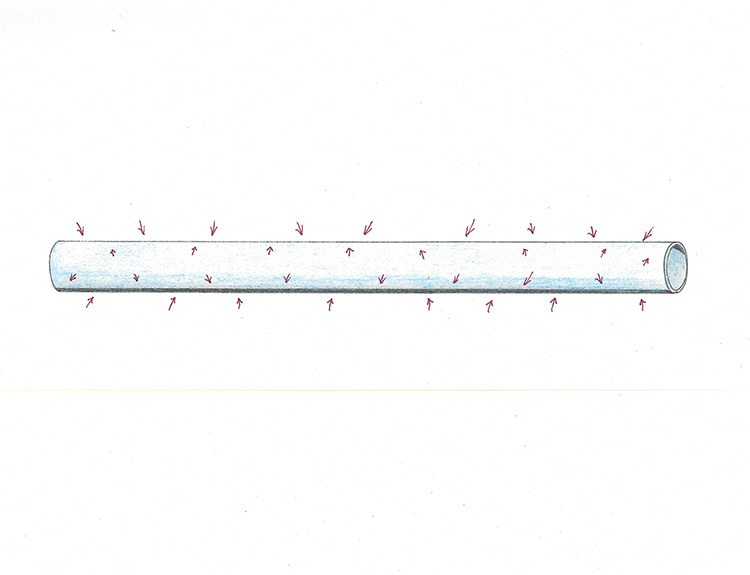Since all CP is a manipulation of current on pipes, it is reasonable to question whether that CP current could be detected by an electronic instrument, such as a Pipe & Cable Locator, and therefore be traced out. The answer is yes, but only on one of those CP systems. This is the purpose of the CPS Passive feature on many P&C Locators.
The current on GACP is originating from many different sources. It is stray current coming from electric power, garage door openers, wi-fi, radio stations, TV stations, cellular phone transmissions, and many, many more.
These are all operating on different frequencies, and a very wide band of frequencies, so it is practically impossible to set an instrument to detect them all at the same time. Individually they are all too weak, and combined they are too diverse.
But ICCP does offer a different situation because that current is specific. The rectifiers on ICCP systems alter the AC current of electric power, to a DC current in order to push the current in a single direction.
In the United States, as well as Canada and South America, all electric power is generated at 60 Hz. The rest of the world generates electric power at 50 Hz. So, a rectifier in the U.S. will convert 60 Hz current to DC current, but converted DC current does not have frequency. However, the reason converted DC current does not typically have frequency is that the alteration of AC to DC also typically includes electronic filters.
That small box-type structure on the power cord of your laptop is a rectifier – and a filter. It converts the AC coming into your house, into the necessary DC to run through your laptop. And it filters out the ripple current.
When you see alternating current on an oscilloscope, it appears as a sideways S shape. The left side portion is the positive amplitude (forward motion), and the right side portion is the negative amplitude (backward motion). Together they represent one full cycle of AC.
When AC is converted to DC in the rectifier it is taking a single cycle of AC and converting it to two cycles of DC (both of them positive amplitude). This produces a direct current, only moving in one direction, and yet, it is not “smooth” DC current like that coming from batteries. Because of that ripple effect, it has phase, and frequency, and wavelength.
In other words, the alteration of AC to DC without a filter does not produce the type of current we would normally expect from DC. It produces DC ripple current.























